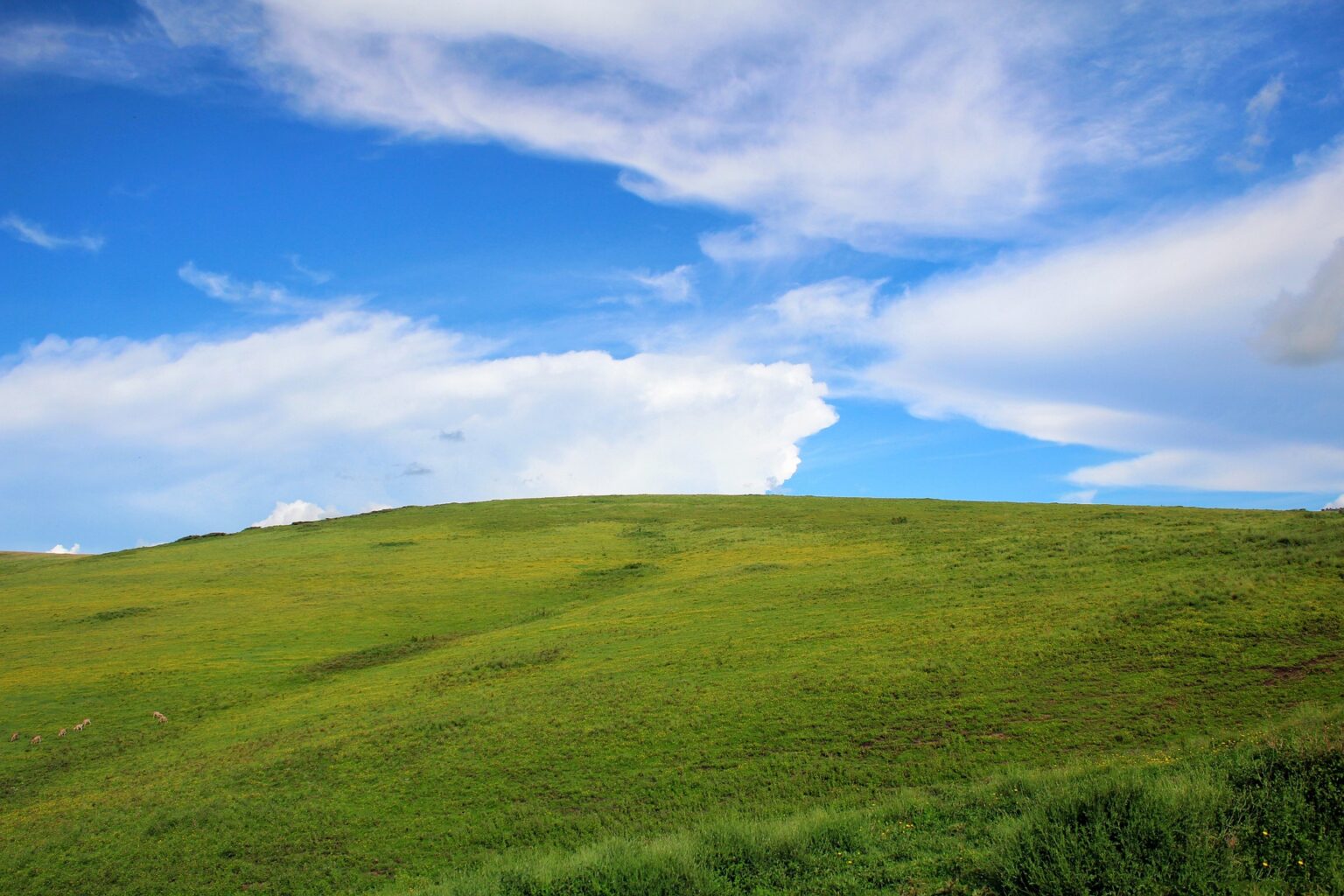Located in the heart of Tanzania, within the Serengeti National Park, lies a place of unparalleled beauty and wonder – Ngorongoro Conservation Area. Home to the magnificent Ngorongoro Crater, this natural spectacle captivates visitors with its breathtaking landscapes and incredible biodiversity. Often referred to as the “Cradle of Life,” Ngorongoro’s unique environment offers a glimpse into the intricate web of nature’s masterpiece.
At the heart of Ngorongoro Conservation Area lies the Ngorongoro Crater, an ancient volcanic caldera spanning over 260 square kilometers. Created by a volcanic eruption millions of years ago, this massive basin boasts unparalleled beauty and is home to one of the densest concentrations of wildlife in Africa. Upon entering the crater, one is immediately struck by the sheer scale of this natural wonder, its walls towering up to 610 meters in certain areas.
The crater floor, spanning over 160 square kilometers, is a savannah teeming with wildlife. Over 30,000 animals call this unique ecosystem home, including the “Big Five” – elephants, lions, leopards, buffalo, and rhinos. The crater’s high walls act as a natural barrier, enabling an abundance of flora and fauna to flourish within its confines. From massive herds of wildebeest and zebras to graceful giraffes and hyenas, this untouched paradise showcases the true diversity of East Africa’s wildlife.
The Ngorongoro Crater is not just a home for terrestrial wildlife. The crater floor is also dotted with freshwater lakes, attracting a myriad of bird species. Flamingos, African spoonbills, and pelicans are just a few of the winged inhabitants that grace this unique ecosystem. Bird enthusiasts will be thrilled by the opportunity to witness these majestic creatures in their natural habitat, as they dance across the water’s surface or glide overhead with elegance.
Aside from its remarkable wildlife, Ngorongoro is also known for its vibrant Maasai culture. The Maasai people have inhabited this region for centuries, living in harmony with nature and preserving their traditional way of life. Their colorful attire, intricate beadwork, and warm hospitality add another layer to the extraordinary experience of visiting Ngorongoro.
More:Read about on A Wildlife Spectacle: Exploring the Vast Plains of Serengeti
While the Ngorongoro Crater may be the centerpiece of this conservation area, the surrounding highlands must not be overlooked. The slopes leading up to the crater are covered in lush forests and grasslands, home to an array of unique flora and fauna. Ascending to the rim, visitors are treated to panoramic views of the crater below, as well as the distant Serengeti plains. The contrasting landscapes, from dense vegetation to open savannah, create a captivating visual symphony that leaves a lasting impression.
One of the most fascinating aspects of Ngorongoro Conservation Area is its commitment to conservation and sustainable tourism. The area was declared a UNESCO World Heritage Site in 1979, recognizing its outstanding universal value and the need to protect its delicate ecosystems. The local communities, alongside conservation organizations, have worked tirelessly to preserve the area’s richness while balancing the needs of wildlife and tourists. Sustainable practices, such as limited vehicle numbers and strict guidelines, ensure that the ecosystem remains intact for generations to come.
More: Wanted to download Odisha Magazines, visit here
Visiting Ngorongoro Conservation Area is not just a journey into nature’s spectacles; it is an opportunity to connect with the essence of our planet and the delicate balance of life. The sheer diversity and abundance of wildlife, the breathtaking landscapes, and the vibrant Maasai culture all combine to create an experience that is both humbling and awe-inspiring.
To witness the sun rise over the Ngorongoro Crater, casting a golden hue over its vast landscape, or to hear the melodic calls of animals echoing across the savannah is to be transported to another world. It is a reminder of the beauty and resilience of nature and the importance of preserving it for future generations.
In the Cradle of Life, the wonders of Ngorongoro await, ready to leave an indelible mark on all those who venture into its realm. The opportunity to witness nature’s grand spectacle, both delicate and awe-inspiring, is an experience that is bound to stay etched in one’s memory forever.
FAQ For Discovering Nature’s Spectacle in Ngorongoro
Where is Ngorongoro located?
Ngorongoro is located in Tanzania, East Africa.
What makes Ngorongoro special?
Ngorongoro Conservation Area is home to the stunning Ngorongoro Crater, a UNESCO World Heritage Site. The crater’s unique ecosystem harbors abundant wildlife, including lions, elephants, rhinos, and more.
How can I reach Ngorongoro?
You can fly into Kilimanjaro International Airport or Arusha Airport and then travel by land to Ngorongoro. It’s recommended to book a guided safari, as it offers convenience and expertise.
Can I explore Ngorongoro independently?
No, visitors must be accompanied by a certified guide while exploring the Ngorongoro Crater to ensure safety and conservation practices.
What is the best time to visit Ngorongoro to witness wildlife?
The dry season (June to October) is considered the best time for wildlife viewing as animals gather around reliable water sources. However, Ngorongoro’s wildlife spectacle can be enjoyed year-round.
Are there accommodations available near Ngorongoro?
Yes, there are various lodges and campsites available around the Ngorongoro Conservation Area, providing both luxury and budget-friendly options for visitors.
What other activities can I do in Ngorongoro?
Apart from wildlife viewing, you can engage in cultural visits to Maasai communities, trekking in the Empakai Crater, bird watching, and exploring Olduvai Gorge’s archaeological site.
Is it necessary to book in advance?
Yes, it is highly recommended to book your Ngorongoro experience in advance, especially during the peak season, to secure permits, accommodations, and the services of experienced guides.
What should I bring with me to Ngorongoro?
It’s crucial to pack essentials like sturdy footwear, comfortable clothing, a hat, sunscreen, insect repellent, binoculars, a camera, and any personal medications you may require.

